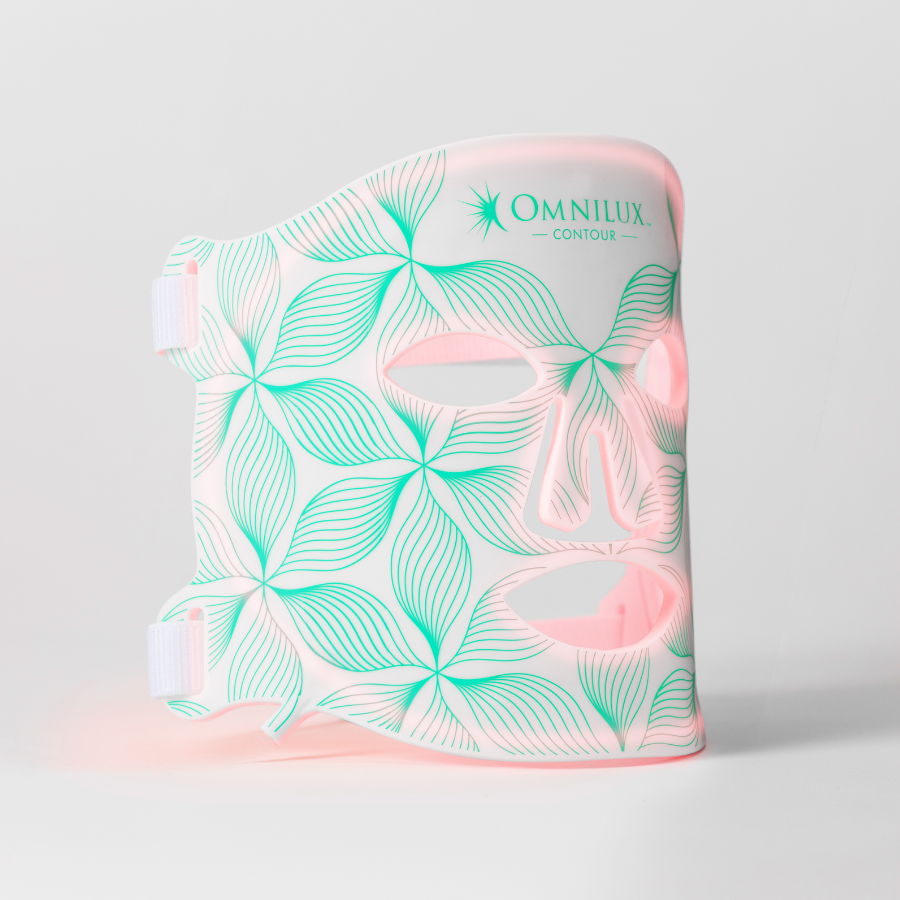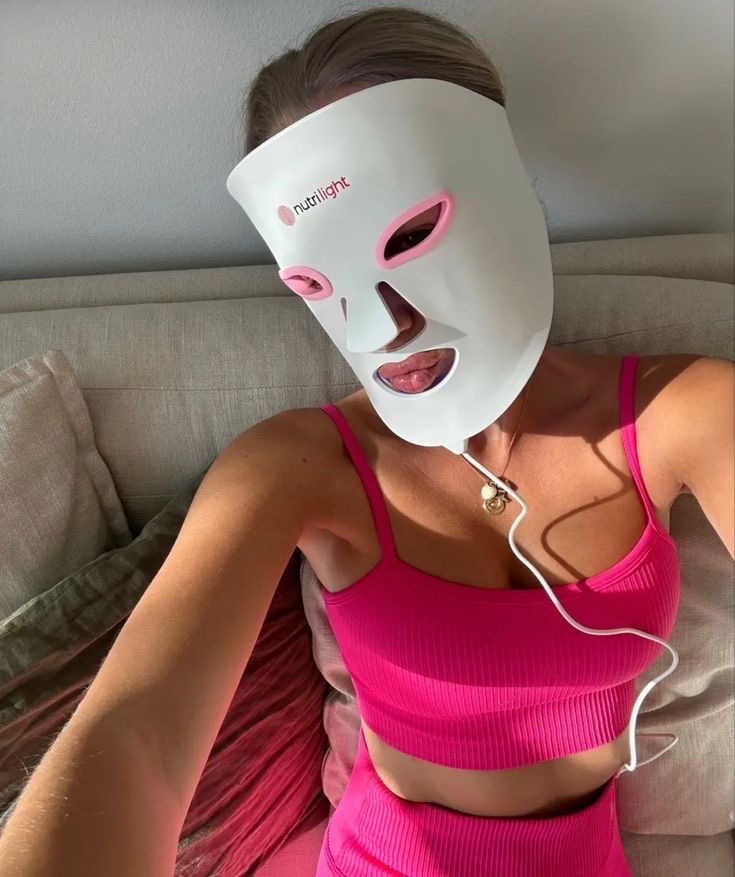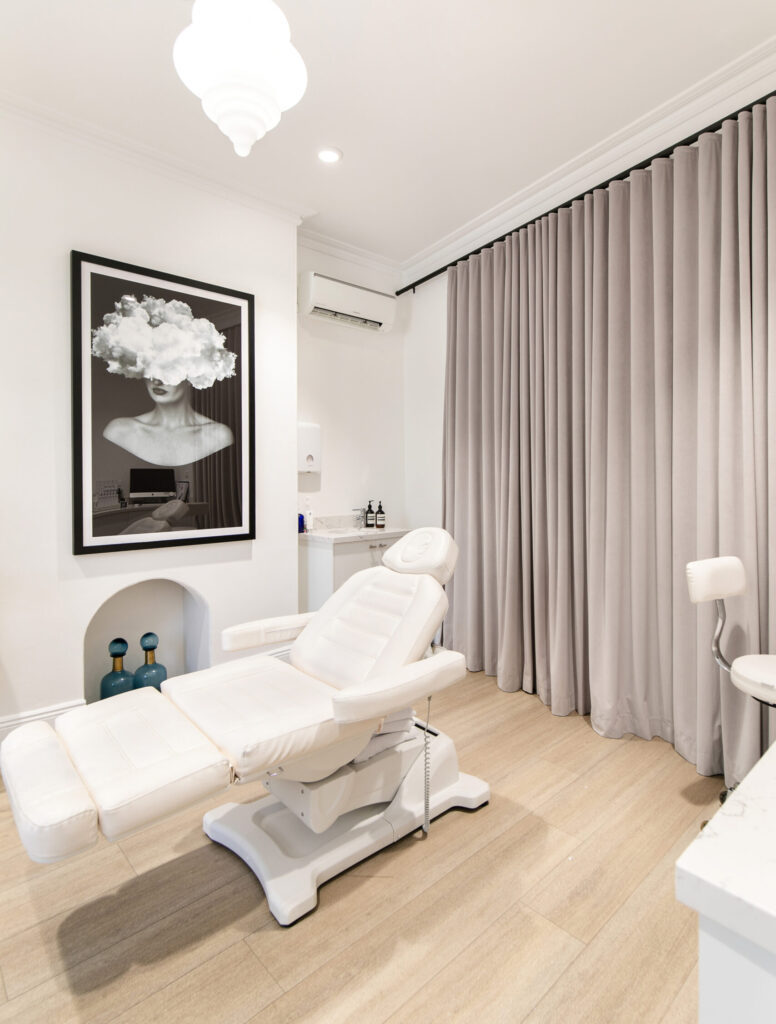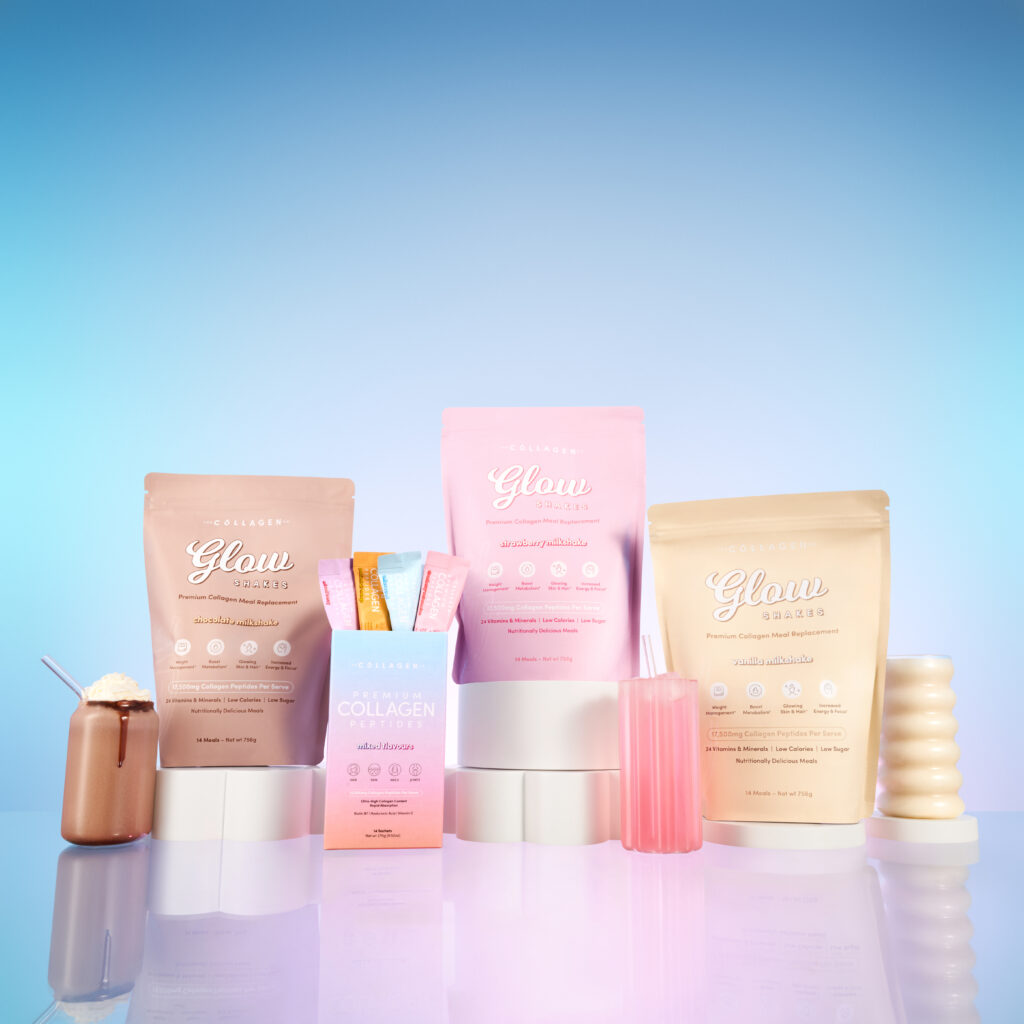Popping on an alien-looking at-home LED face mask for a few minutes a day does more than just look space-age cool – these nifty devices stimulate collagen production, reduce fine lines and wrinkles, combat inflammation, and leave skin healthier and glowing, says award-winning skin and dermal therapist, Isabella Loneragan.
But how? We asked Isabella to dish the dirt on just how effective different LED lights are for youthful, glowing skin.
“LED light therapy essentially works by exposing the skin to different wavelengths of light; each of which has a different effect on the skin,” explains Isabella. “Generally, I recommend the use of red, near-infrared and blue light as they are the most effective light colours.”
“Some LED face mask varieties offer yellow light which can help to reduce skin redness, and green light can lessen pigmentation – but these colours won’t do a huge amount of good. Red and blue light are by far the most popular and effective.”
Red for wrinkle reduction
If your main concern is reducing wrinkles, red light can stimulate collagen production, improving skin elasticity and reducing the appearance of fine lines and wrinkles. It can also help your skin heal itself by assisting your cells in self-rejuvenation.
Blue for acne treatment
Blue light has been shown to effectively kill the bacteria that cause acne, reducing breakouts and inflammation. Blue light LED masks are generally safe to use every day for as little as five minutes if you are looking for the best results.
Other benefits of LED masks according to Isabella Loneragan are:
Skin rejuvenation
LED red light therapy can help improve overall skin tone and texture, giving the skin a more youthful and radiant appearance.
Wound healing
Near-infrared light may aid in accelerating the healing process of wounds and other skin injuries.
Reduction of hyperpigmentation
Certain wavelengths of light including green light can help reduce the production of melanin, which can be beneficial for treating hyperpigmentation issues like sunspots and age spots.
Inflammation reduction
LED purple light therapy (which combines blue and red lights) has anti-inflammatory effects that can help calm redness and irritation in the skin.
Enhanced product absorption
Using LED white light therapy before applying skincare products can potentially enhance their absorption into the skin, making skincare products more effective.
Non-invasive and pain-free
LED light therapy is non-invasive and generally considered pain-free. It does not involve any harmful UV rays like those found in sunlight or tanning beds.
It’s important to be cautious when using an at-home LED mask around pets and young children due to the stray light that can reach them unintentionally. However, LED light therapy is generally considered safe with minimal risks and no downtime.
When investing in an LED face mask, it’s crucial to choose a good quality one. Cheaper machines can emit excessively hot light, which can increase the risk of skin issues from too much heat. On the other hand, some cheaper models may not have strong enough light to effectively treat your skin.
In-clinic LED treatment is the preferred option. LED technology in reputable clinics is worth tens of thousands of dollars, backed by scientific evidence and capable of delivering remarkable results, especially with regular sessions.
However, the trend of at-home LED masks has been growing for over five years now. Many brands offer quality LED therapy options for around AUD $400. “My tried-and-tested top pick is the Omnilux range of LED masks,” adds Isabella.

Omnilux Contour Face LED Mask, $605. Shop here.
Although at-home LED masks won’t give you the same results you’d achieve from an in-clinic Healite session, they’re an ideal option for use in between appointments.
An easy way to explain the difference between at-home and in-clinic options is to picture the Healite as a Formula 1 race car and the LED home masks are your Suzuki Swift. Both are driving at full speed and will get you to your destination eventually, however, one will take a significantly longer time to arrive.
While the results will pale in comparison to in-clinic supercharged Healite treatments, “integrating at-home LED mask sessions into your daily skincare routine is a fabulous way of ‘topping up’ your in-clinic treatments” explains Isabella.
And of course, it goes without saying that you should always consult with a dermatologist before using products such as LED face masks, especially if you have severe acne or underlying skin conditions.
Learn more about at-home LED light therapy here.
Read more of our beauty articles here.






